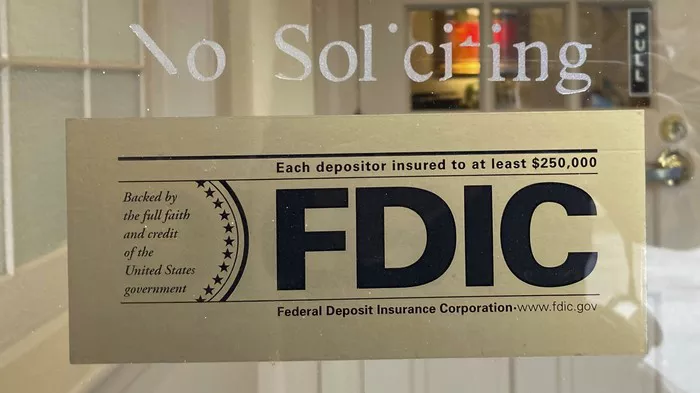Money market accounts are a popular choice for individuals seeking a balance between liquidity and higher interest rates than traditional savings accounts. When considering opening a money market account, one crucial aspect to examine is whether your funds are protected by the Federal Deposit Insurance Corporation (FDIC). This guide delves into the specifics of Wells Fargo money market accounts and their FDIC insurance coverage to help you make informed financial decisions.
Understanding FDIC Insurance
The FDIC is an independent agency of the United States government that provides deposit insurance to depositors in U.S. commercial banks and savings institutions. It was created in response to the thousands of bank failures that occurred in the 1920s and early 1930s, aiming to restore confidence in the nation’s banking system. FDIC insurance covers depositors’ accounts up to the legal limit in the event of a bank failure, protecting their funds and providing stability to the banking system.
Wells Fargo Money Market Accounts: FDIC Coverage
Wells Fargo offers several types of money market accounts, including the Platinum Savings Account and the Market Rate Account. These accounts typically offer competitive interest rates while providing some level of liquidity. However, it’s crucial to understand the extent of FDIC insurance coverage for funds held in Wells Fargo money market accounts.
FDIC Insurance Limits
As of 2024, the standard FDIC insurance coverage limit is $250,000 per depositor, per insured bank, for each account ownership category. This means that if you have multiple accounts with Wells Fargo, such as a checking account, savings account, and a money market account, each account is separately insured up to the $250,000 limit, as long as they are held in different ownership categories.
Wells Fargo Money Market Accounts FDIC Insurance Coverage
Wells Fargo money market accounts are FDIC insured up to the applicable limits. If the bank were to fail, the FDIC would step in to cover eligible deposits, providing depositors with peace of mind and financial protection. However, it’s essential to note that FDIC insurance only covers deposits in qualifying accounts and does not protect against losses in investment accounts or market fluctuations.
Safeguarding Your Deposits
While FDIC insurance offers significant protection for depositors, it’s essential to be mindful of the insurance limits and take steps to safeguard your deposits accordingly. If you have deposits exceeding the $250,000 limit, consider spreading them across multiple banks or account ownership categories to maximize FDIC coverage.
Conclusion
In conclusion, Wells Fargo money market accounts are FDIC insured up to the applicable limits, providing a level of security for depositors’ funds. Understanding FDIC insurance coverage is essential for making informed financial decisions and ensuring the safety of your deposits. By staying informed about FDIC limits and taking proactive measures to safeguard your funds, you can confidently utilize money market accounts as part of your overall financial strategy.
FAQs
Q1. Are all Wells Fargo money market accounts FDIC insured?
A1: Yes, all eligible Wells Fargo money market accounts are FDIC insured up to the applicable limits. However, it’s essential to verify that your specific account qualifies for FDIC coverage and understand the terms and conditions provided by the bank.
Q2. What happens if my deposits exceed the FDIC insurance limit?
A2: If your deposits exceed the FDIC insurance limit at a single institution, only the portion up to the limit is covered. It’s advisable to spread your deposits across multiple banks or account ownership categories to maximize FDIC coverage and minimize potential losses in the event of a bank failure.
Q3. Are there any risks associated with Wells Fargo money market accounts?
A3: While Wells Fargo money market accounts offer FDIC insurance coverage, they may still be subject to certain risks, such as changes in interest rates or bank policies. Depositors should carefully review account terms and conditions, including any fees or restrictions, to ensure they align with their financial goals and risk tolerance levels.


